Cheynes Beach & Waychinicup NP, WA
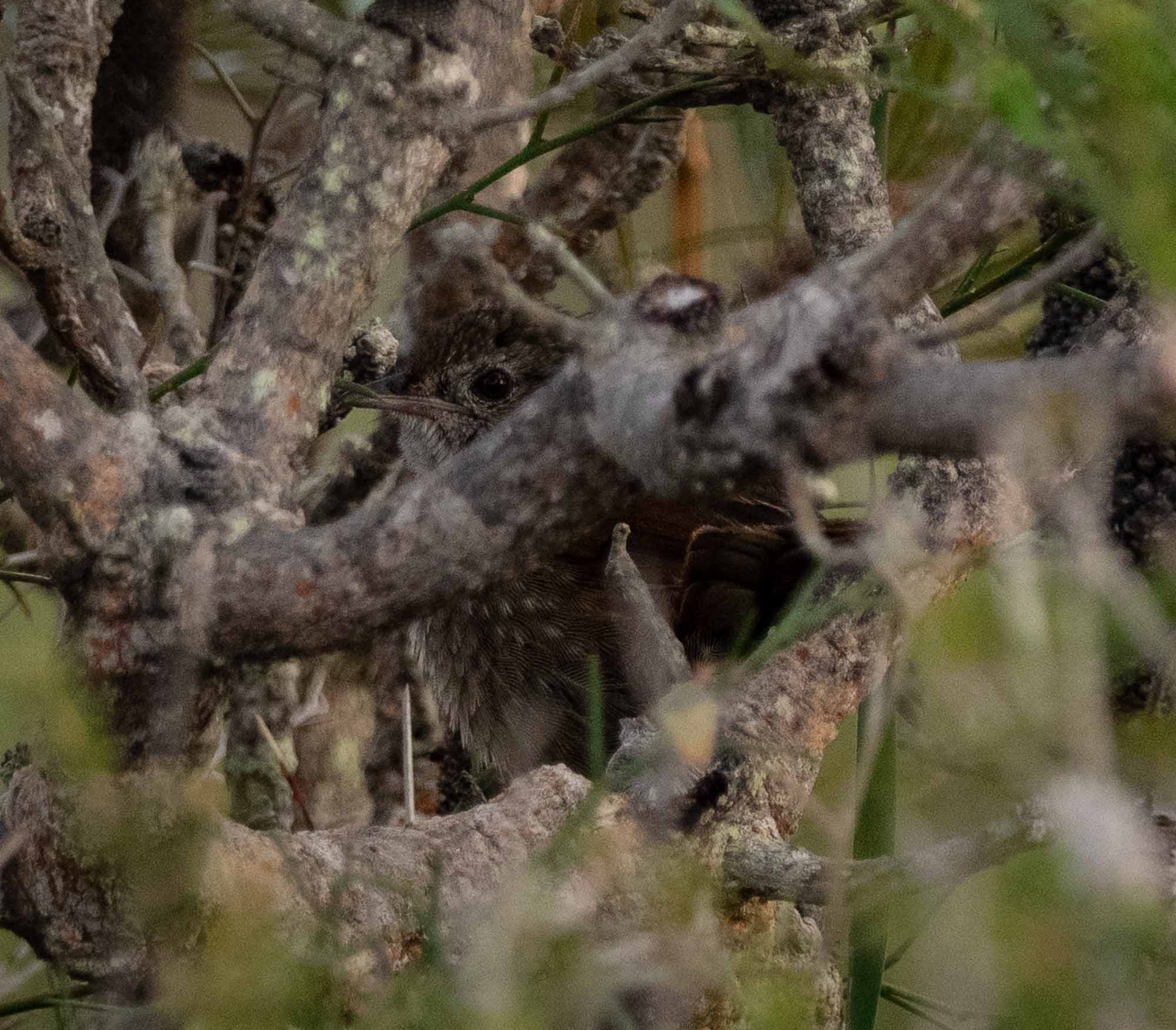
Days 25-29: 29th Sept - 3rd Oct
(5347km)
Why this place? Yet again, Finding Australian Birds is guiding us ... and guiding us well!
Scarlet Banksias everywhere!
Putting ourselves in areas where there are good birds nearly always means we’ll be in natural places. And that means native plants and insects too!
The Big 3
Cheynes Beach ... and particularly the bush close to the caravan park ... is famous for WA’s “big 3 skulkers”: Western Whipbird, Noisy Scrub-bird, and Western Bristlebird.
Why “skulkers”? They rarely fly. They rarely leave the dense bushes ands grasses of their habitat. They don’t gather in flocks. So from a twitcher’s perspective, they’re hiding. Skulking, even. But they have to communicate with one another somehow … they call. Loudly, distinctively, and often. So ‘bird-watching’ for skulkers is really all about ‘bird-listening’.
The Noisy Scrub-bird and Western Bristlebird are endangered, shy and elusive, and have VERY restricted distributions. The Western Whipbird is a little more secure, and a little more widespread, but still notoriously timid and cryptic.
The Noisy Scrub-bird was thought to be extinct, having not been sighted since 1920. However, in 1961 it was rediscovered in Two Peoples Bay (just 20km west from Cheynes Beach). From just 100 birds, there are now thought to be 1500 birds. Still endangered, but with several nature reserves established specifically to protect their habitat, perhaps they stand a chance.
Rare birds, found in only a small patch of the country, living in impenetrable bush … we couldn’t pass up the challenge.
Cheynes Beach
Cheynes Beach faces north. It is a sheltered bay, popular for fishing, boating and swimming. In good weather, anyway.
Day 1, at the point - with a very strong (and cold) wind blowing!
We booked into Cheynes Beach Caravan Park for 4 nights. When I made our booking online last week I did mention that we were coming for the birds, and not for the fishing, boat ramp, TV room or the swings. And the park owners were wonderfully accommodating. They reserved us a secluded, quiet site in a far-flung corner of the park ... just metres from the skulkers’ known territories!
The view from our campsite - seriously!
It was therefore no surprise to find other twitchers prowling the heath. In twos and threes, and wearing inconspicuously-coloured clothing, middle-aged people can be seen creeping about with binoculars and rather large cameras. Oh yes, that’s us! But for a change, we are not the only ones.
Chilly breakfast preparation … after our first twitching session!
The caravan park also provided us with our best view yet of another WA endemic - the Red-eared Firetail.
So on Saturday afternoon, as the caravan park crowd gathered around a TV in the camp kitchen to watch West Coast defeat Collingwood, Paul and I were searching the heath for little brown birds.
Twitching success!
By Day 2 we had seen all three birds! Well, we had glimpsed all three, but that’s about as good as it gets with the skulkers.
Well, I had glimpsed the Noisy Scrub-bird. Paul was a little less lucky. Here’s how it happened …
FAB provides more tips for finding Noisy Scrub-birds than they do for any other species. Here’s a copy of the much-thumbed pages in our little guide …
And here’s the photo we took … yep, right spot!
‘the spot’ … this is where we stood … and where the famous Noisy Scrub-bird made his fleeting appearance.
Day 2, 5:30am and we’re in position. Watching, waiting, listening. Nothing. Nothing but our optimism, that is. 6:14am and I whisper “how long do we wait?” Paul pulls out his phone to check the time … and right at that moment I see the bird dash across the road! Paul looks up just in time to see a vague dark shape vanish into the bushes. Happy Kerri, less happy Paul. And, of course, no photo. My reflexes were not up to the challenge.
Waychinicup
Waychinicup National Park flanks the caravan park and we didn’t have to go far before we started seeing plants we’d seen nowhere else. This is the very definition of ‘botanical diversity’ ... you travel just an hour down the road and there is a whole array of new plants.
A short drive through the national park to the southern side of the point there is a beautiful river inlet and campground. This would have been a more scenic place to camp ... but would we have found the skulkers??
Sunday was actually quite warm, and finally insects are starting to appear. Not just any boring insects either. Dozens of Flower Wasps, many flying and feeding in couplets, swarmed around the flowering grass trees. Species identification will have to wait … too much more to see!
Insects! Happy me!! Well worth the 3 hour hike. We are getting quite fit. 4-5 hours walking most days, sometimes longer.
And then there’s the small excursion we made into the bay at Albany. Again following a tip in FAB, we went in search of migratory shorebirds. Tiny dots in the distance. Low, low tide. Oozy mud and sand for what seemed kilometres. And we couldn’t resist the temptation.
Shoal Bay at low tide. When Paul took this shot we were already half way out onto the sand spit! Albany in the distance.
With more than one eye on the incoming tide, we squelched our way out to investigate. Sightings of several species of migratory shorebirds, no doubt just returned from Siberia, reminded us how trivial our short walk was in the overall scheme of things.
And several tiny, fluttering terns calling loudly as they hovered and dived in the shallows. Fairy Terns ... and our first-ever sighting, even though this species is distributed widely along the southern coast.
So much space, so few people
It’s nice to realise we are in Tim Winton’s teenage stamping ground. His novels capture this state so powerfully. We are starting to get a real sense of what makes it so distinctive. In part, it’s the low population. There are fewer than 3 million people living in WA, and the vast majority (80%) live in Perth. Other towns and regional centres are widely dispersed and typically very small. Even Albany has just 34,000 people - and this is a major regional hub. With a reported population density of just 0.84 people per square kilometre, WA is one of the least densely populated states in the world!
The next leg of our journey
Day 4 in Cheynes Beach and the weather is deteriorating fast. Wind and rain today, and we’re set for more later in the week. But that gave us an excuse to spend this afternoon in Albany’s excellent public library, blogging in comfort, with fast internet.
Tomorrow we pack up and head further west. Destination: Coalmine Beach and Walpole-Nornalup National Park. We’ll still be on the coast, but will pass into a completely different landscape. It will be our first taste of the true ‘south-west’. ‘Karri’ and ‘Tingle’ trees ... some of the curious common names given to Eucalyptus species in this region. And, almost certainly, there’ll be a whole new set of smaller plants and birds to discover. We’ve yet to see the Red-winged Fairy-wren, or to get a clear view of the Red-capped Parrot, with its garish colours and elongated beak.
LIFERS at Cheynes Beach/Waychinicup/Albany: first-ever sightings of these bird species
Noisy Scrub-bird, Western Bristlebird, Western Whipbird, Fairy Tern

























































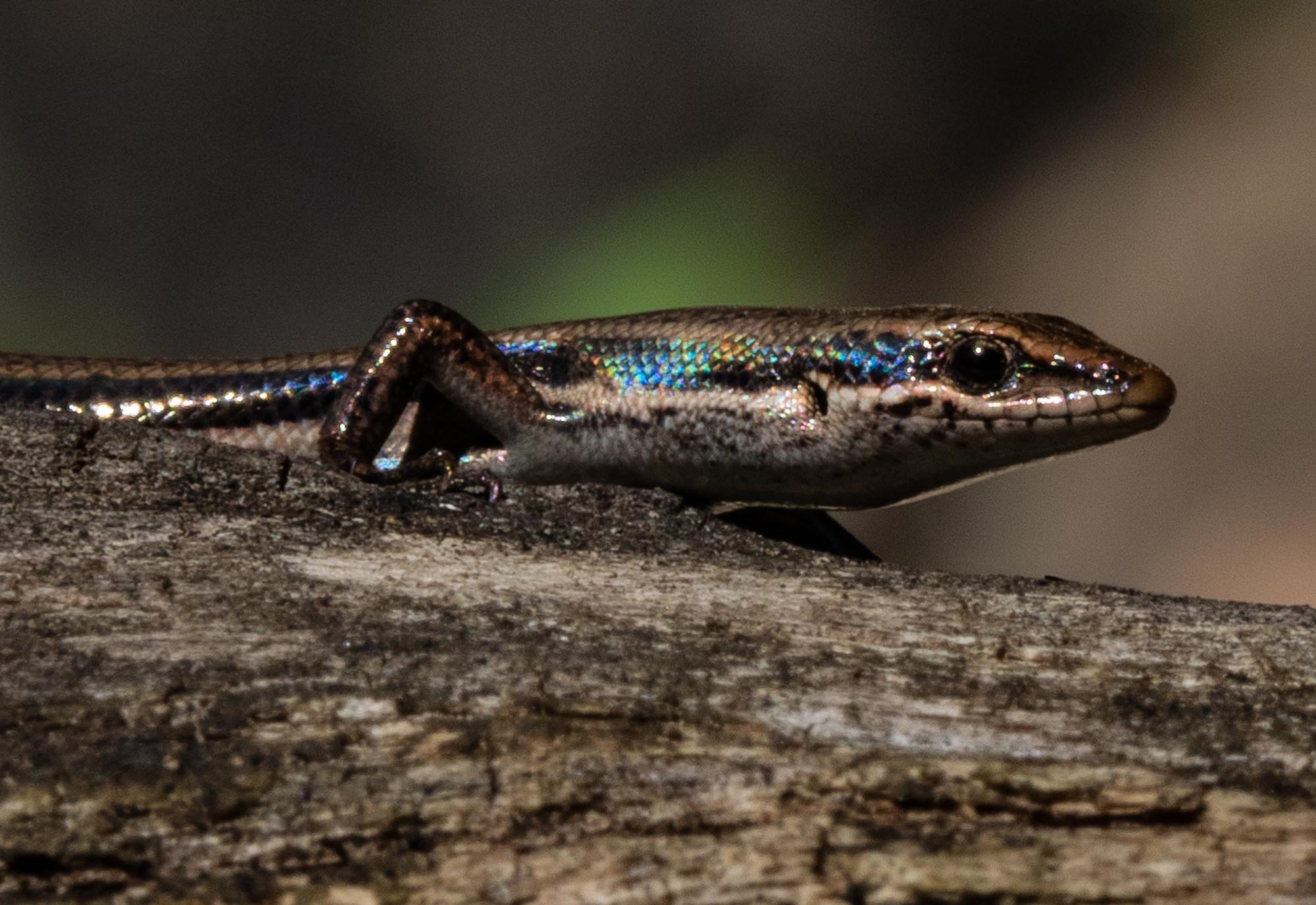
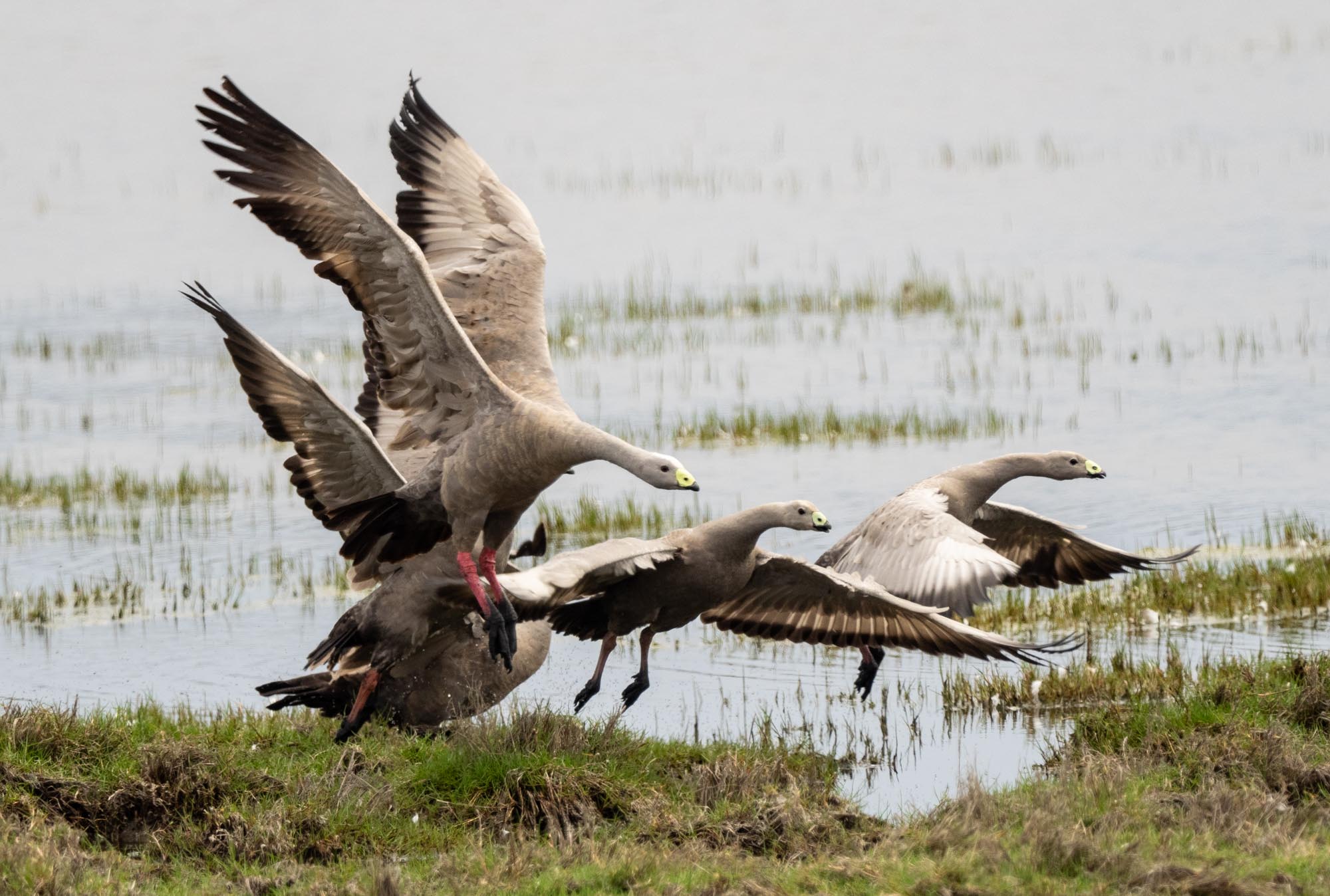



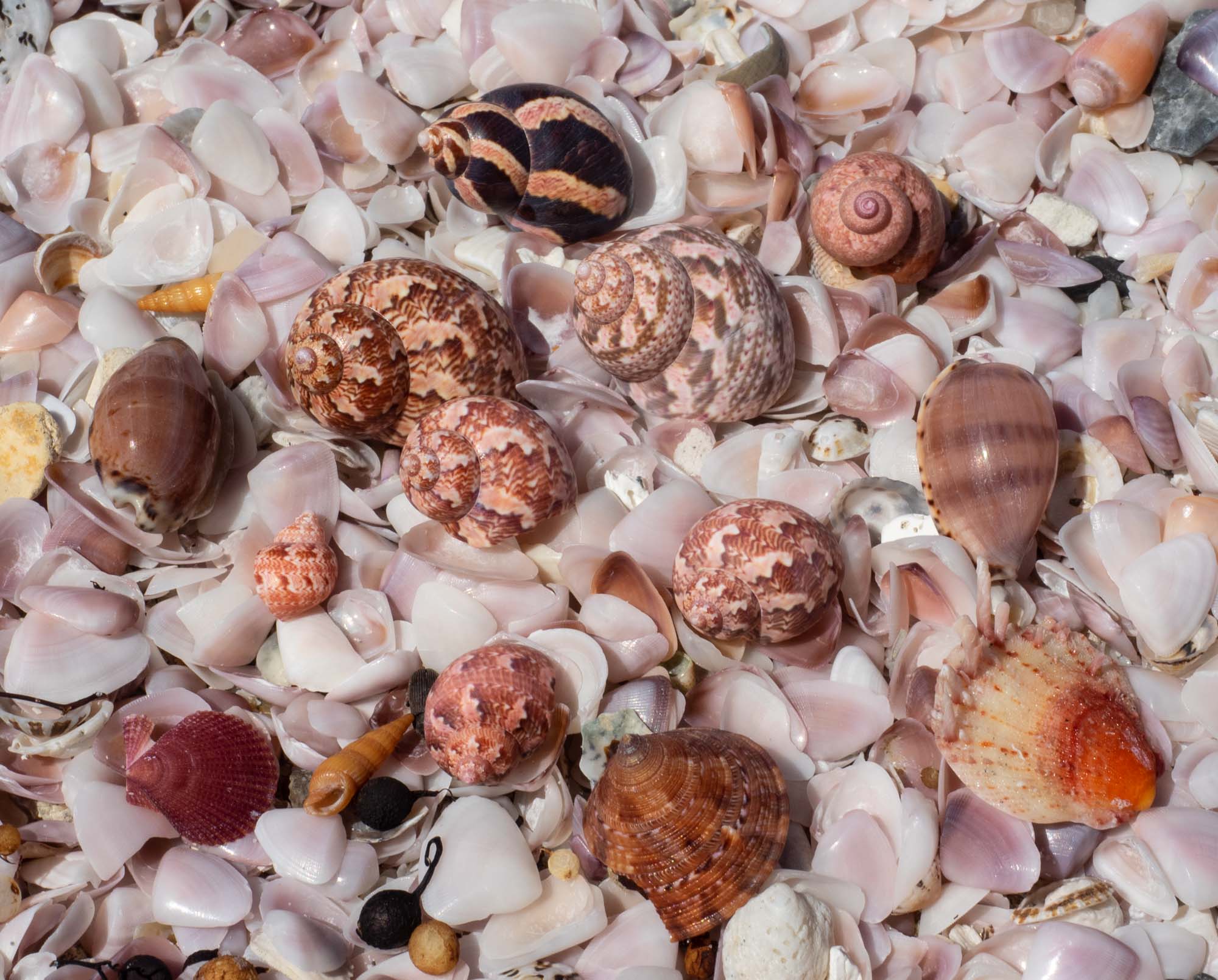
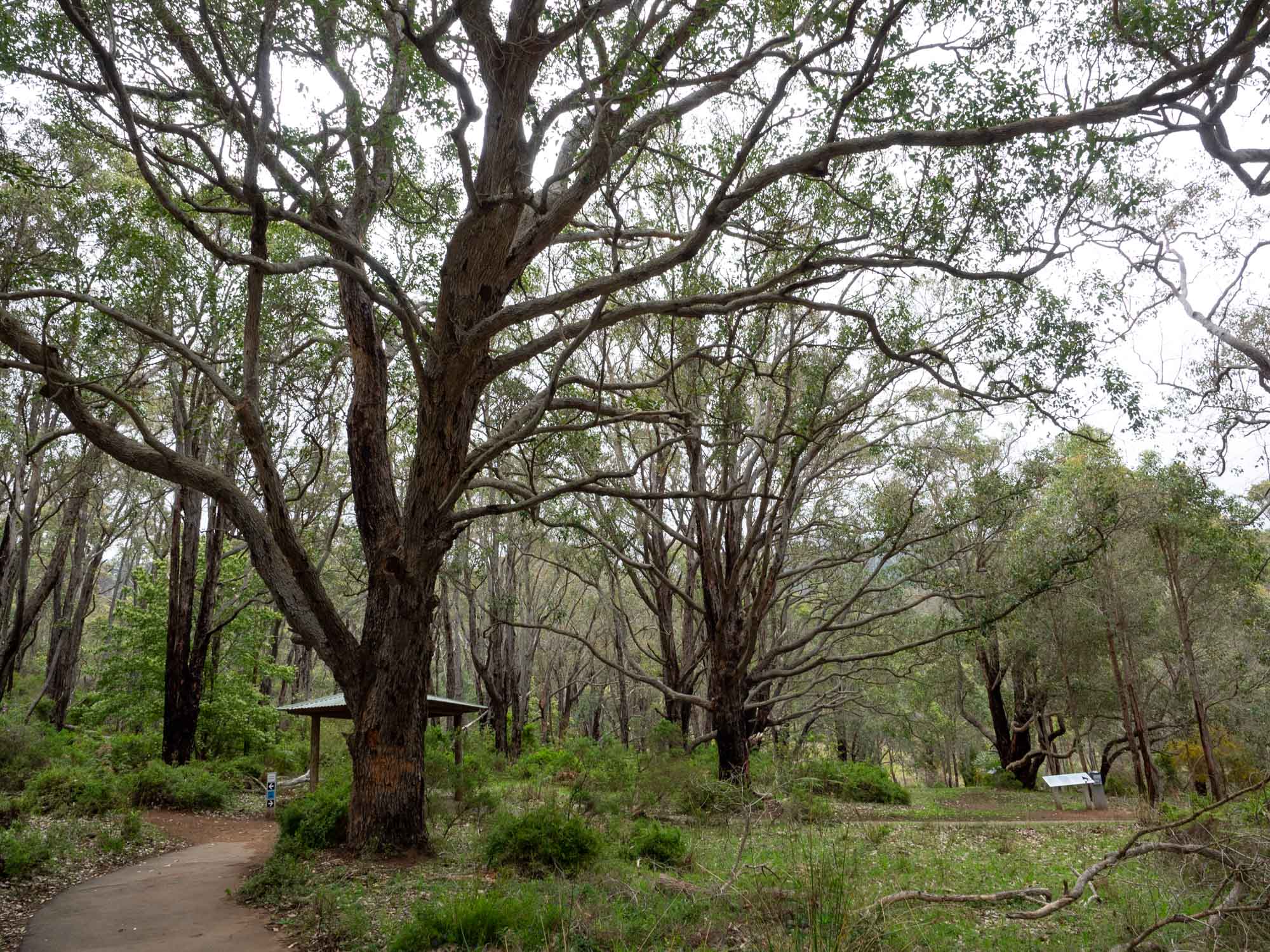
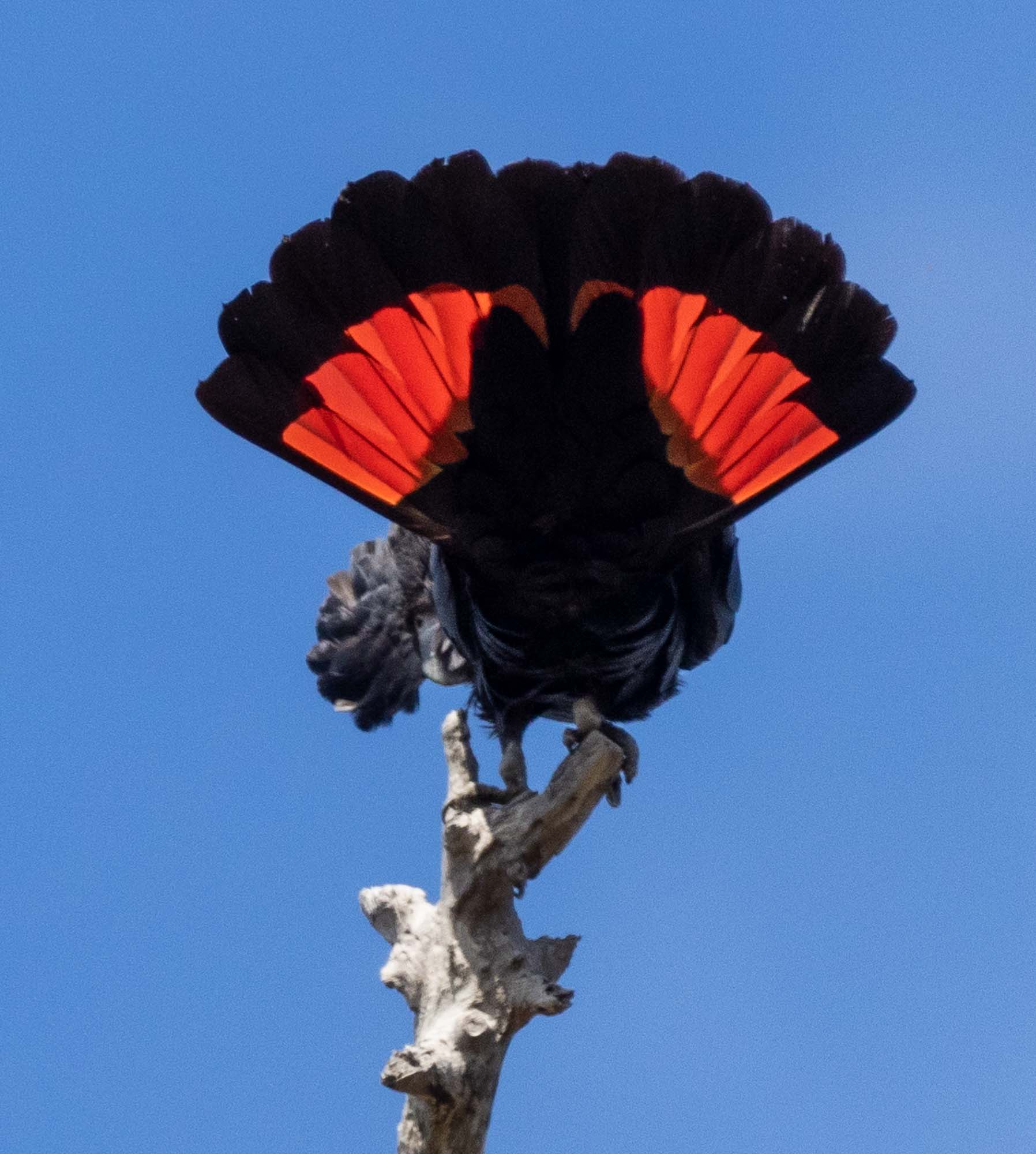

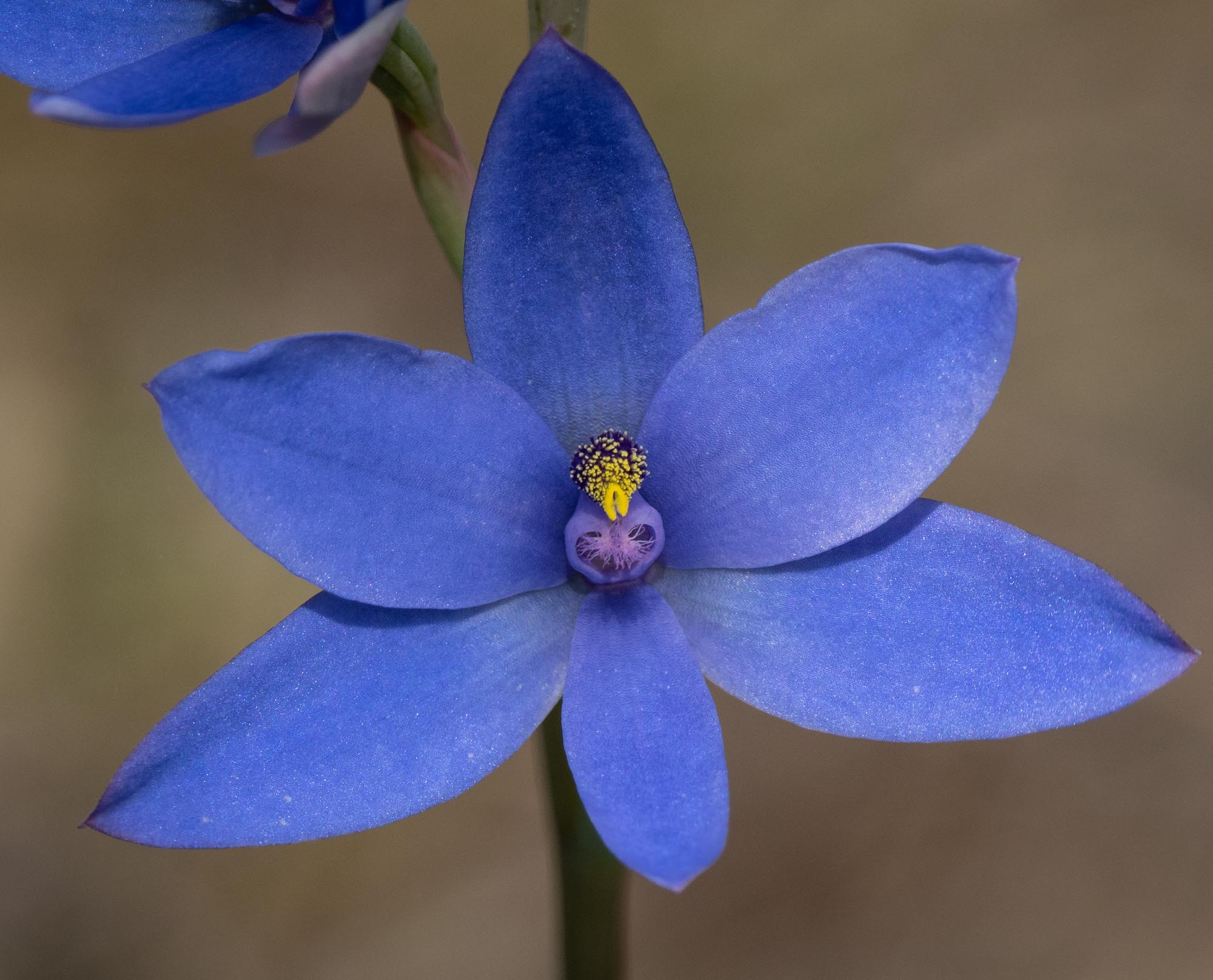
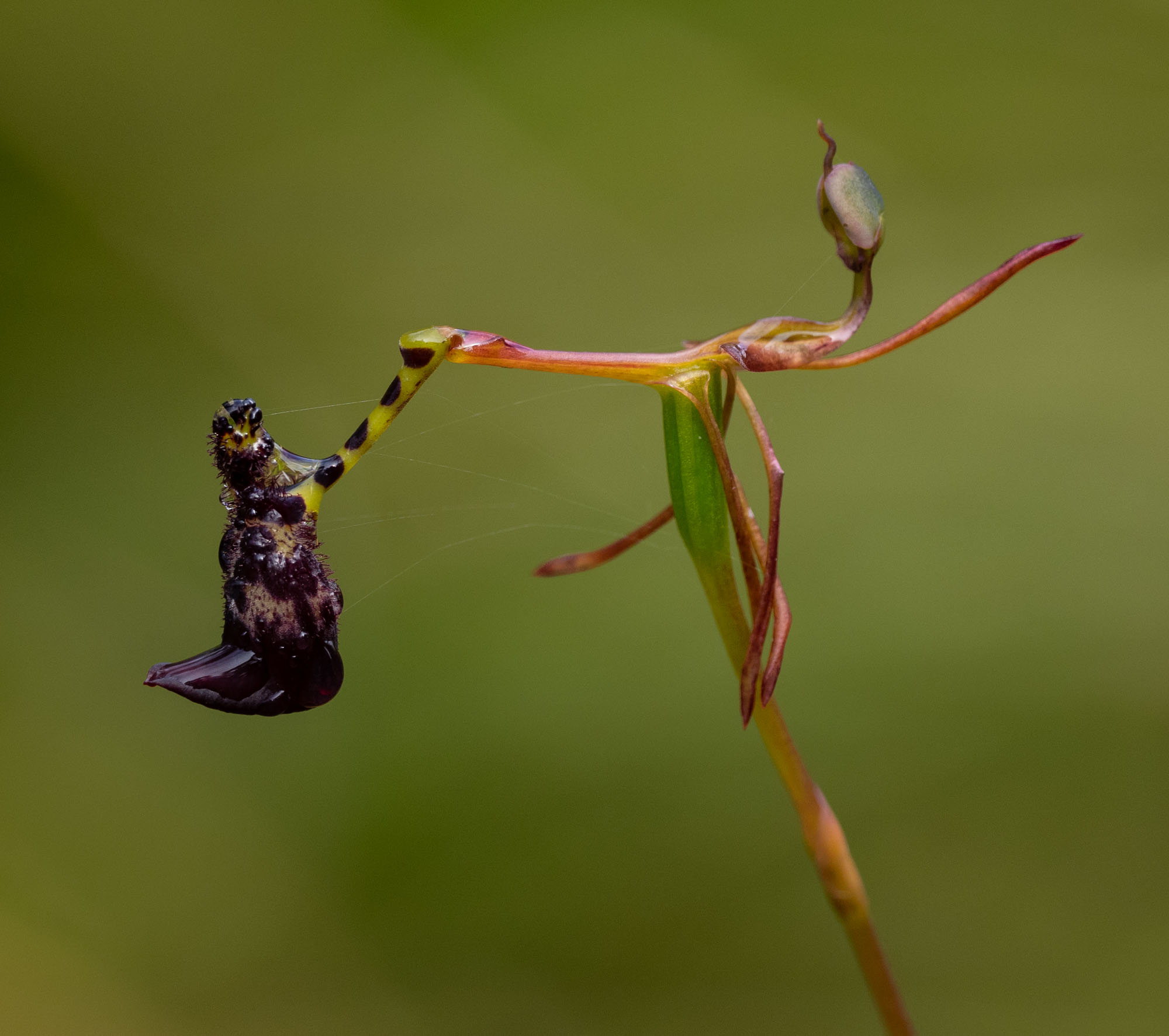


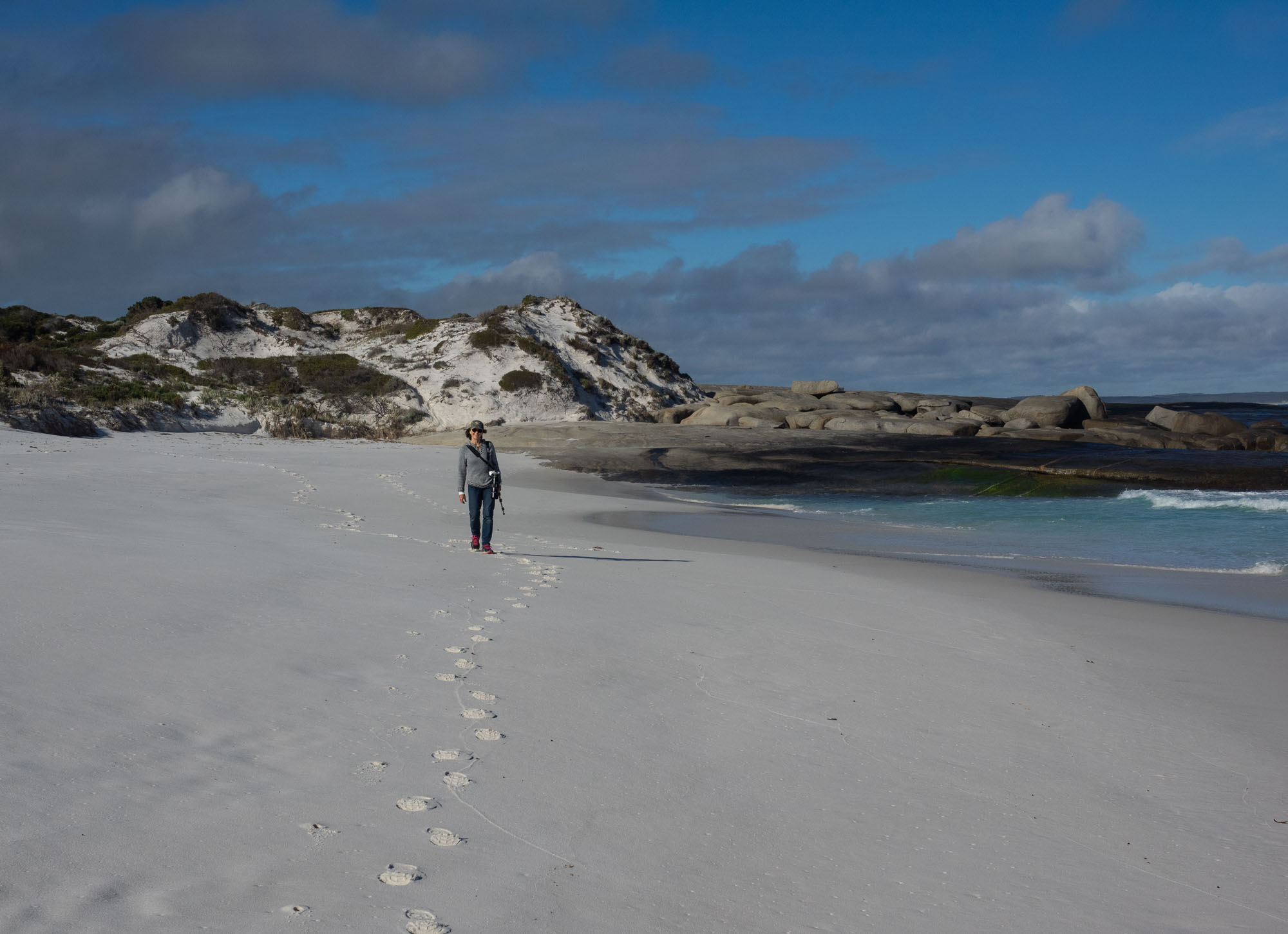
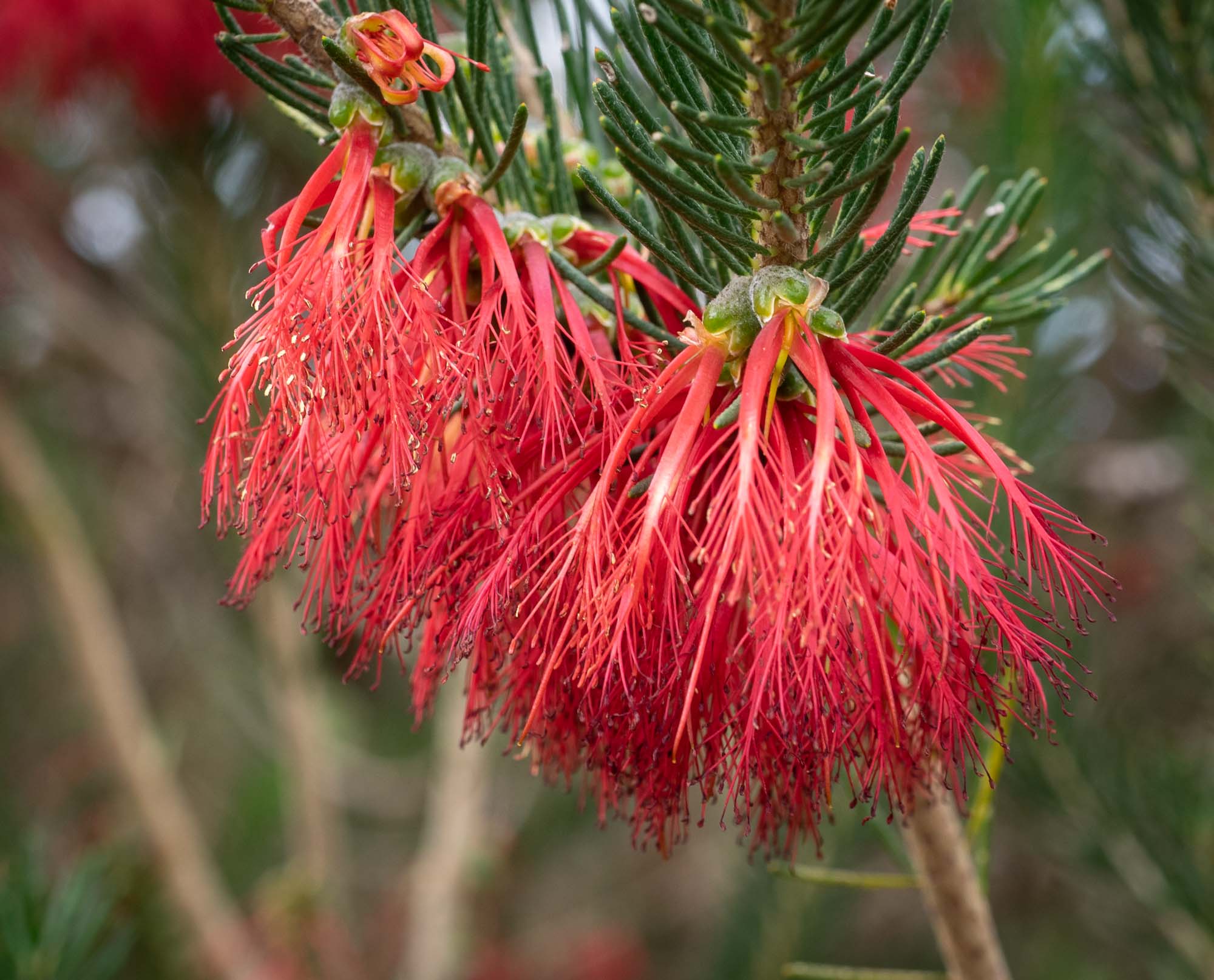
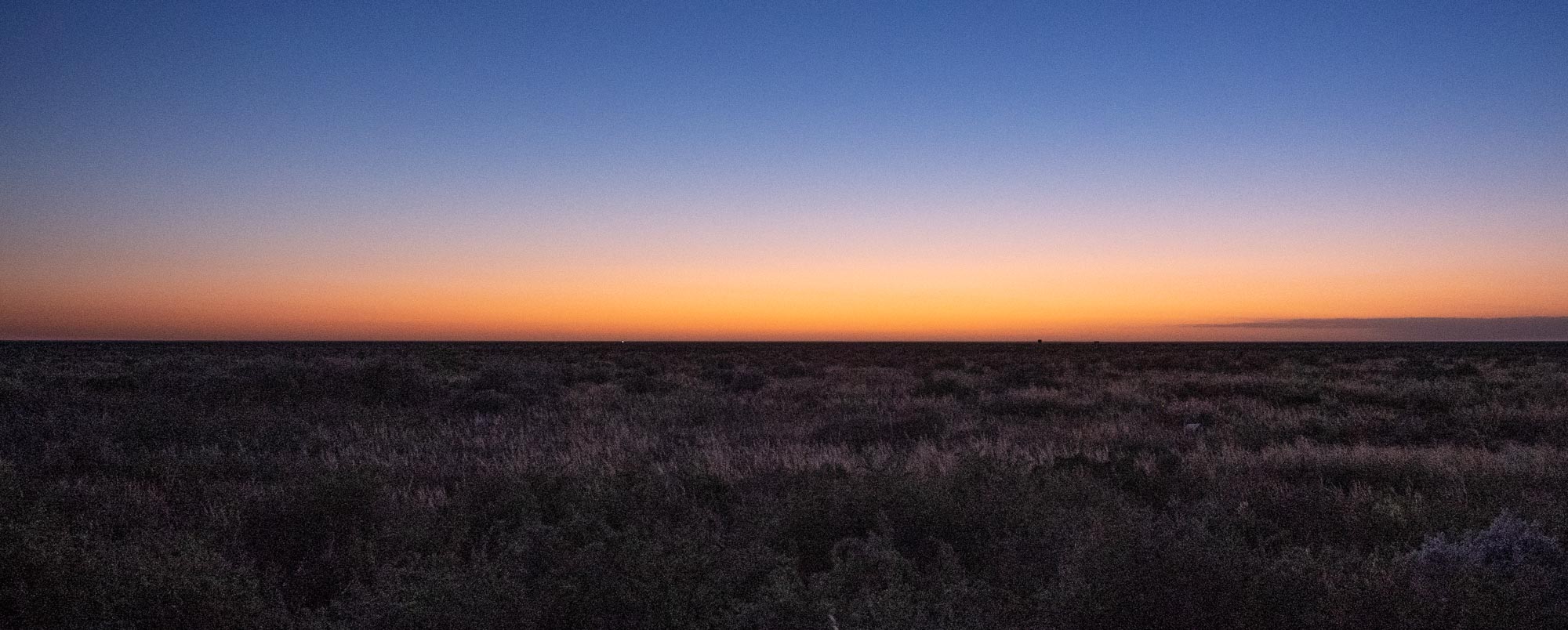
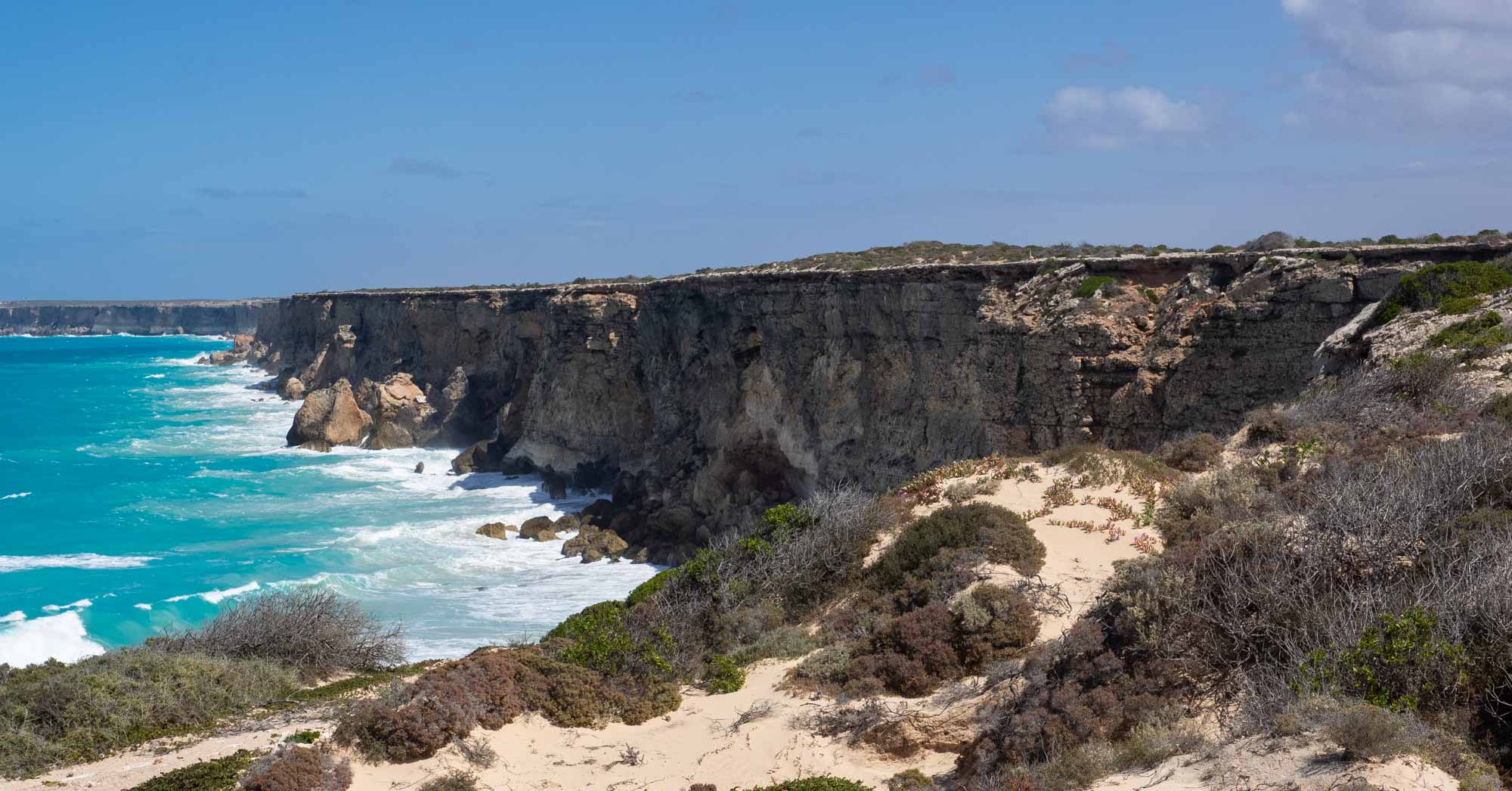




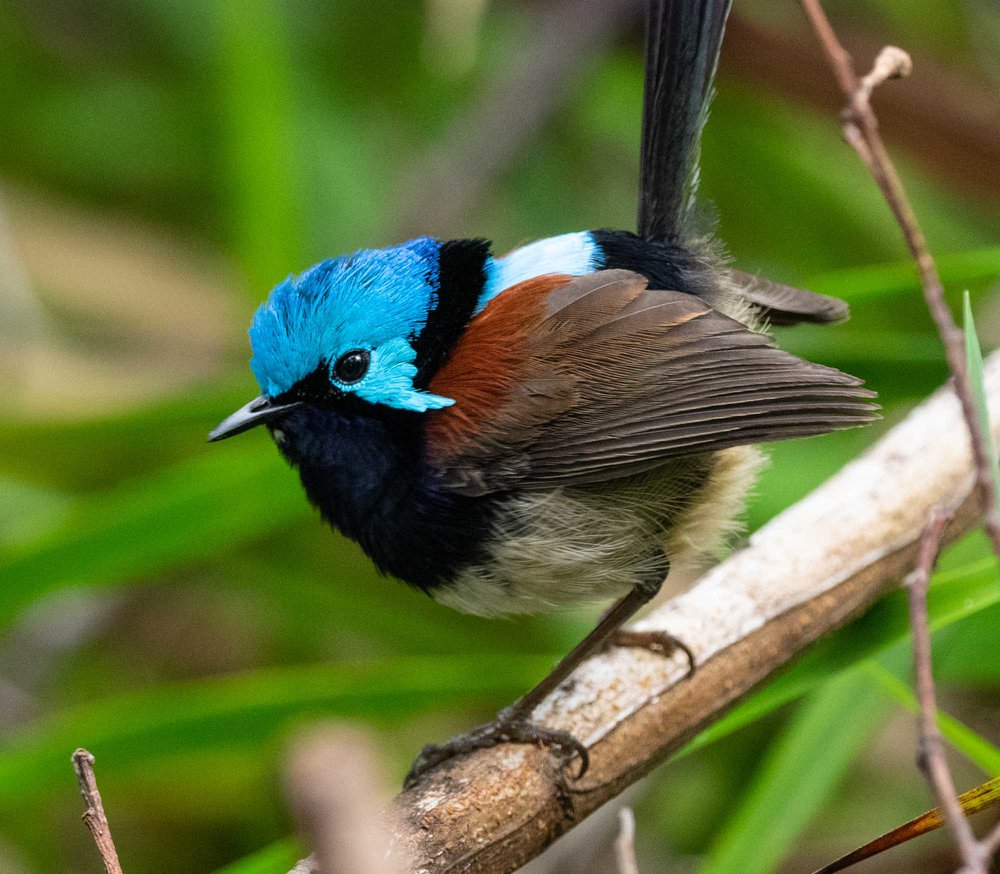
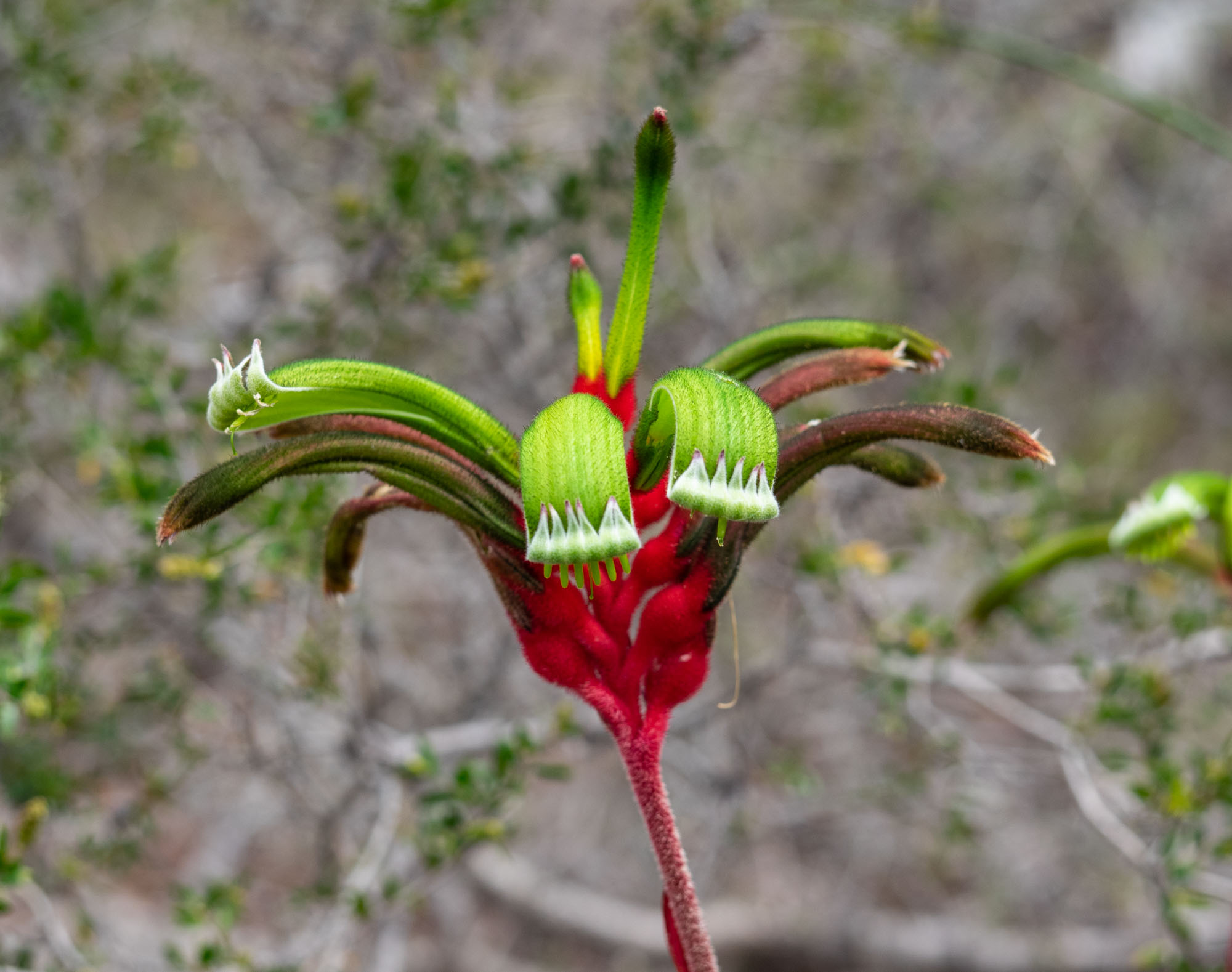
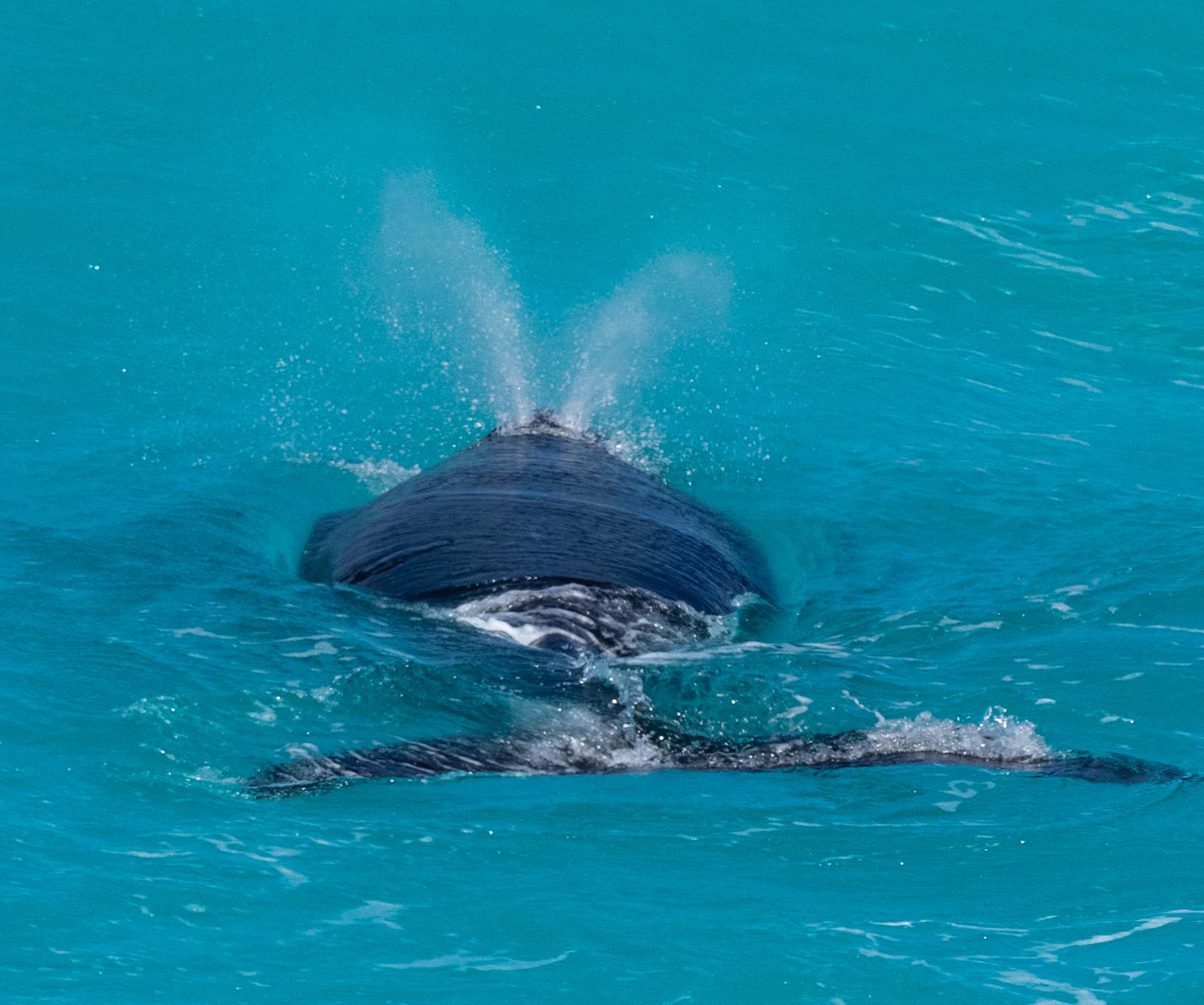
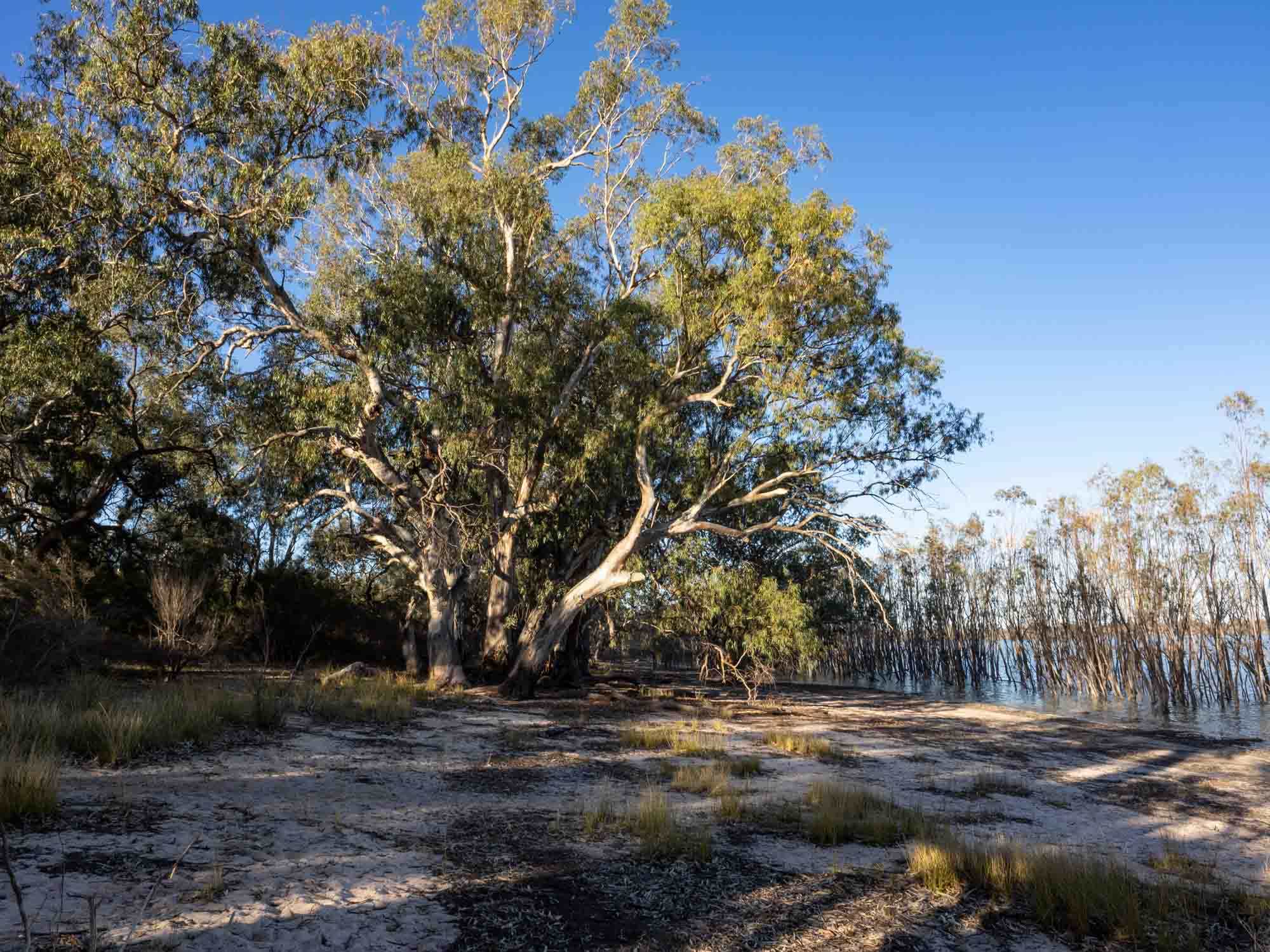
31st October - 4th November: my final post, as we head towards Melbourne.